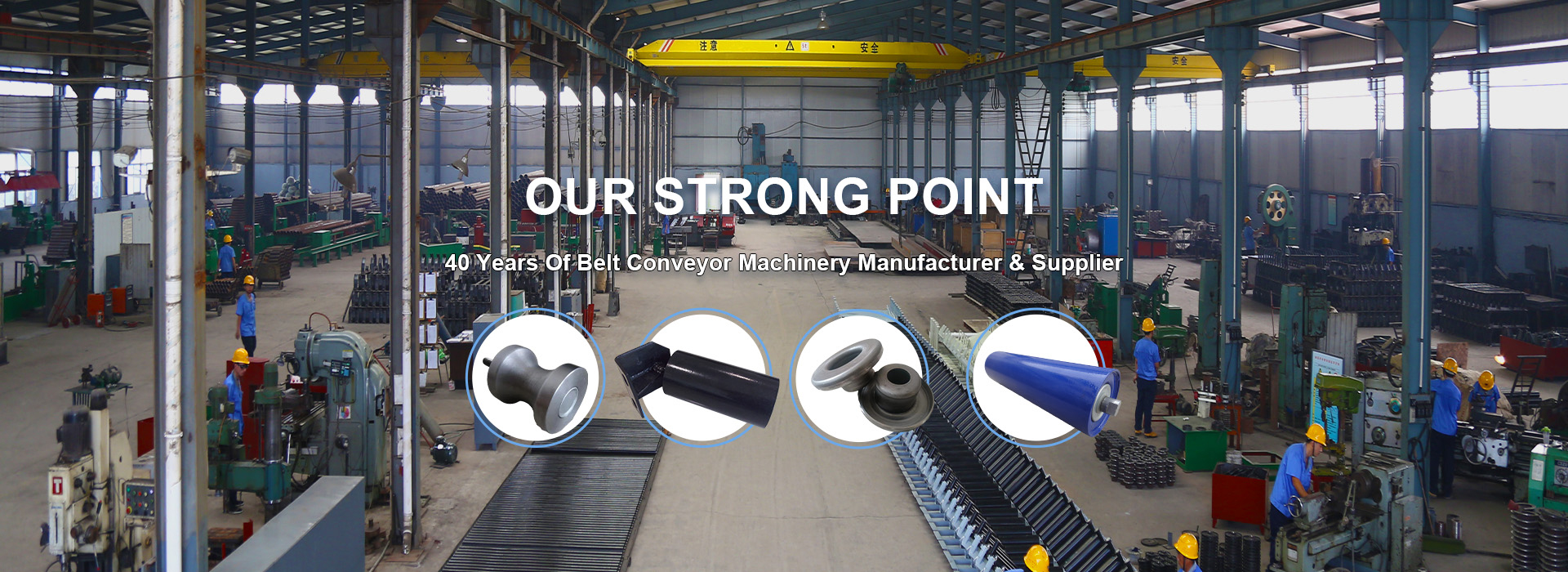 Afrikaans
Afrikaans  Albanian
Albanian  Amharic
Amharic  Arabic
Arabic  Armenian
Armenian  Azerbaijani
Azerbaijani  Basque
Basque  Belarusian
Belarusian  Bengali
Bengali  Bosnian
Bosnian  Bulgarian
Bulgarian  Catalan
Catalan  Cebuano
Cebuano  Corsican
Corsican  Croatian
Croatian  Czech
Czech  Danish
Danish  Dutch
Dutch  English
English  Esperanto
Esperanto  Estonian
Estonian  Finnish
Finnish  French
French  Frisian
Frisian  Galician
Galician  Georgian
Georgian  German
German  Greek
Greek  Gujarati
Gujarati  Haitian Creole
Haitian Creole  hausa
hausa  hawaiian
hawaiian  Hebrew
Hebrew  Hindi
Hindi  Miao
Miao  Hungarian
Hungarian  Icelandic
Icelandic  igbo
igbo  Indonesian
Indonesian  irish
irish  Italian
Italian  Japanese
Japanese  Javanese
Javanese  Kannada
Kannada  kazakh
kazakh  Khmer
Khmer  Rwandese
Rwandese  Korean
Korean  Kurdish
Kurdish  Kyrgyz
Kyrgyz  Lao
Lao  Latin
Latin  Latvian
Latvian  Lithuanian
Lithuanian  Luxembourgish
Luxembourgish  Macedonian
Macedonian  Malgashi
Malgashi  Malay
Malay  Malayalam
Malayalam  Maltese
Maltese  Maori
Maori  Marathi
Marathi  Mongolian
Mongolian  Myanmar
Myanmar  Nepali
Nepali  Norwegian
Norwegian  Norwegian
Norwegian  Occitan
Occitan  Pashto
Pashto  Persian
Persian  Polish
Polish  Portuguese
Portuguese  Punjabi
Punjabi  Romanian
Romanian  Russian
Russian  Samoan
Samoan  Scottish Gaelic
Scottish Gaelic  Serbian
Serbian  Sesotho
Sesotho  Shona
Shona  Sindhi
Sindhi  Sinhala
Sinhala  Slovak
Slovak  Slovenian
Slovenian  Somali
Somali  Spanish
Spanish  Sundanese
Sundanese  Swahili
Swahili  Swedish
Swedish  Tagalog
Tagalog  Tajik
Tajik  Tamil
Tamil  Tatar
Tatar  Telugu
Telugu  Thai
Thai  Turkish
Turkish  Turkmen
Turkmen  Ukrainian
Ukrainian  Urdu
Urdu  Uighur
Uighur  Uzbek
Uzbek  Vietnamese
Vietnamese  Welsh
Welsh  Bantu
Bantu  Yiddish
Yiddish  Yoruba
Yoruba  Zulu
Zulu Conveyor Pulley Cost Analysis and Comparison for Industrial Applications
Understanding Conveyor Pulley Prices Factors and Trends
Conveyor pulleys are essential components in material handling systems, playing a crucial role in the movement of goods across various industries. The price of conveyor pulleys can vary widely based on numerous factors, including design specifications, materials used, and market demand. Understanding these elements can help businesses make informed purchasing decisions.
1. Types of Conveyor Pulleys
Conveyor pulleys come in different types with unique functions, which significantly affects their pricing. The primary types include drive pulleys, tail pulleys, and return pulleys. Drive pulleys are responsible for moving the belt and are typically more expensive due to their robust construction and high-performance requirements. In contrast, tail pulleys and return pulleys are generally less costly, as they are designed more for support and stability than for power transmission.
The materials used in constructing conveyor pulleys are another significant factor influencing their cost. Common materials include steel, aluminum, and plastic, each with its own price range and durability characteristics. Steel is the most widely used material due to its strength and longevity; however, it is also the heaviest and may come with a higher price tag. Aluminum, being lighter and resistant to corrosion, offers a slight edge in performance but often at a premium price. Plastic pulleys, while the least expensive option, are suitable for lighter loads and may not be ideal for heavy-duty applications.
3. Size and Specifications
conveyor pulley price

The size and specifications of conveyor pulleys also play a crucial role in determining their price. Larger pulleys that accommodate wider belts and heavier loads typically come at a higher cost due to the increased amount of material and engineering required. Furthermore, specialized features such as crowned faces for better belt tracking, lagging for added friction, or custom design elements can further inflate the price.
4. Market Trends and Demand
Market demand fluctuates based on industry growth, technological advancements, and supply chain changes. Recently, the rise in e-commerce and automation has increased the demand for efficient material handling equipment, consequently impacting conveyor pulley prices. Supply chain disruptions and raw material shortages can lead to price hikes, making it essential for companies to stay informed about market trends.
5. Cost-Saving Strategies
While conveyor pulley costs can be significant, companies can implement cost-saving strategies to reduce expenses. This includes sourcing from multiple suppliers to compare prices, considering bulk purchasing options, and investing in quality products that offer durability and longevity, which can lower maintenance and replacement costs in the long run.
Conclusion
In conclusion, the price of conveyor pulleys is influenced by a myriad of factors ranging from type and material to market demand. Businesses looking to invest in these components should carefully evaluate their specific needs and consider the total cost of ownership. By understanding the intricacies of conveyor pulley pricing, companies can make better purchasing decisions that align with their operational requirements and budget constraints.
-
Revolutionizing Conveyor Reliability with Advanced Rubber Lagging PulleysNewsJul.22,2025
-
Powering Precision and Durability with Expert Manufacturers of Conveyor ComponentsNewsJul.22,2025
-
Optimizing Conveyor Systems with Advanced Conveyor AccessoriesNewsJul.22,2025
-
Maximize Conveyor Efficiency with Quality Conveyor Idler PulleysNewsJul.22,2025
-
Future-Proof Your Conveyor System with High-Performance Polyurethane RollerNewsJul.22,2025
-
Driving Efficiency Forward with Quality Idlers and RollersNewsJul.22,2025





























